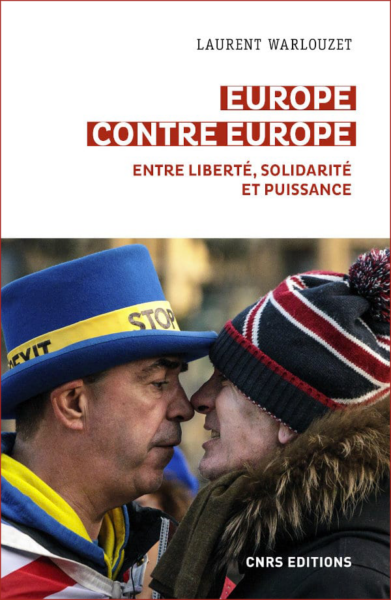After devoting his last two columns to studying the prospects for the enlargement of the European Union and the potential fresh impetus to be given to the European Neighbourhood Policy, Jean-François Drevet now turns his attention to the limits of European territory. Can the Union set itself physical limits and, if so, what are they to be?
As he shows here, the answer is complex: it must take account of the weight of history and of geography, of legal realities that emerge out of European construction and many other subtleties that make the definition of such limits tricky, if not indeed impossible. The borders of the Union, which are multiple and shifting, change with the status of the member states or associate countries – and even this is to leave out of account those policies that relate to topics which reach beyond its territorial framework. Ultimately, asks Jean-François Drevet, is it essential to the proper functioning of the Union that limits of this kind be defined?
Can the European Union Set Itself Limits?
Cet article fait partie de la revue Futuribles n° 351, avr. 2009

